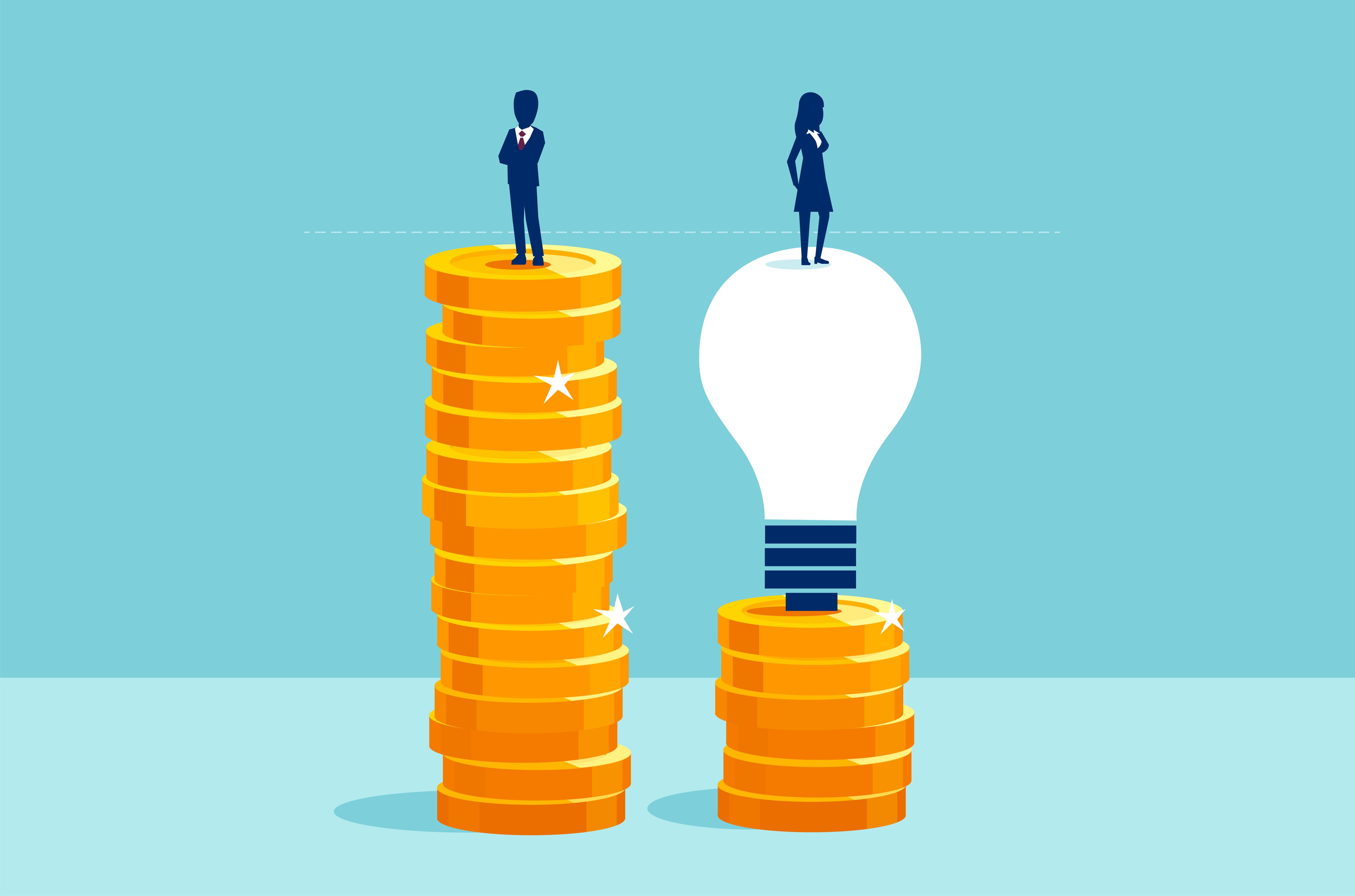Unequal Pay for Women: A Persistent Issue in the 21st Century
Despite progress in many areas of gender equality, the gender pay gap remains a glaring issue in the modern workplace. Unequal pay for women is not just a question of fairness; it’s a social, economic, and ethical concern that has long-lasting consequences for women, families, and society as a whole.
Where We Stand
The gender pay gap refers to the difference between what men and women earn for the same or comparable work. While the gap has narrowed over the decades, women still earn less than their male counterparts. In the United States, for example, women earn about 82 cents for every dollar a man earns, and the disparity is even worse for women of color. Black women earn approximately 63 cents, and Latina women about 57 cents, for every dollar earned by white men.
Globally, the situation is similar. According to the World Economic Forum’s 2023 Global Gender Gap Report at the current rate of progress, it could take another 132 years to close the global gender gap entirely.1
Causes of the Pay Gap
Several complex and interconnected factors contribute to the gender pay gap:
- Occupational Segregation: Women are often over-represented in lower-paying industries, such as education, care giving, and hospitality, while men dominate higher-paying fields like technology, finance, and engineering. This occupational segregation is one of the primary drivers of wage disparities.
- Workplace Discrimination: Despite legal protections, women still face subtle and overt forms of discrimination in hiring, promotion, and pay. Research shows that women are often offered lower starting salaries than men for the same roles, and they are less likely to negotiate for higher wages due to fear of being perceived as aggressive.
- Unpaid Labor: Women disproportionately shoulder the burden of unpaid labor, such as caregiving for children and elderly relatives, which can limit their availability for full-time, higher-paying jobs. This unequal distribution of domestic responsibilities affects their career progression and lifetime earnings.
- Motherhood Penalty: Women often face the “motherhood penalty,” where they are paid less or passed over for promotions because they have children. Employers may assume that mothers will be less committed to their jobs, while men who become fathers often experience the “fatherhood bonus,” receiving higher wages after becoming parents.
- Lack of Leadership Representation: Women are underrepresented in leadership positions, which are typically higher-paying roles. A study by McKinsey & Company found that women occupy only 25% of senior management roles, limiting their access to top-tier salaries.2
Consequences of Unequal Pay
The consequences of unequal pay extend far beyond the individual. It affects:
- Economic Security: Women earning less means they have less money to save, invest, and support themselves in retirement. This contributes to higher rates of poverty among elderly women compared to men.
- Family Welfare: In many households, women are either the primary breadwinners or co-breadwinners. When women are paid less, it affects the overall economic security of the family, impacting everything from housing to healthcare to education.
- Economic Growth: The gender pay gap limits overall economic growth. Closing the gap would not only improve the lives of women but would boost GDP globally. A 2020 report by the Institute for Women’s Policy Research found that closing the U.S. gender pay gap would increase GDP by $512.6 billion.3
Steps Toward Pay Equality
Closing the gender pay gap requires a multi-pronged approach, involving government, businesses, and individuals:
- Enforcing Equal Pay Laws: Strengthening and enforcing equal pay laws is critical. Companies need to conduct regular pay audits to ensure they are compensating employees fairly and transparently.
- Family-Friendly Policies: Offering flexible work arrangements, paid parental leave, and affordable childcare can help reduce the motherhood penalty and allow women to balance family and career more effectively.
- Promotion of Women in Leadership: Encouraging diversity in leadership is essential. Mentorship programs, leadership training, and corporate policies that promote gender diversity can help more women reach executive roles.
- Changing Workplace Culture: Organizations must actively combat gender bias and discrimination. This includes promoting salary negotiation training for women, creating transparent promotion and pay structures, and holding leaders accountable for diversity and inclusion goals.
- Challenging Stereotypes: Society must continue to challenge and dismantle the stereotypes that reinforce the unequal treatment of women in the workplace. Encouraging young girls to pursue STEM careers, valuing unpaid domestic labor, and advocating for policy changes are all essential steps.
The issue of unequal pay for women is not just about fairness—it is about building a society that values the contributions of women equally and provides them with the economic security and opportunities they deserve. Achieving pay equity will require bold action and sustained commitment, but the social, economic, and ethical benefits make it a goal worth pursuing. Until then, women across the world will continue to face barriers that limit their potential, impacting generations to come.
References:
- World Economic Forum. (2023). Global Gender Gap Report 2023. https://www.weforum.org/reports/global-gender-gap-report-2023
- McKinsey & Company. (2024). Women in the Workplace 2024: The 10th-anniversary report. https://www.mckinsey.com/featured-insights/diversity-and-inclusion/women-in-the-workplace
- Institute for Women’s Policy Research. (2020). Lost Jobs, Stalled Progress: The Impact of the “She-Cession” on Equal Pay – THE GENDER WAGE GAP IN 2020. https://iwpr.org/wp-content/uploads/2021/09/Gender-Wage-Gap-in-2020-Fact-Sheet_FINAL.pdf.
#GenderPayGap, #EqualPay, #WomensRights, #PayEquity, #WorkplaceEquality, #GenderInequality, #WomenInLeadership, #WageDisparity, #EconomicEquality, #EqualPayForEqualWork, #GenderDiscrimination, #DiversityAndInclusion, #WorkplaceBias, #ClosingThePayGap,


